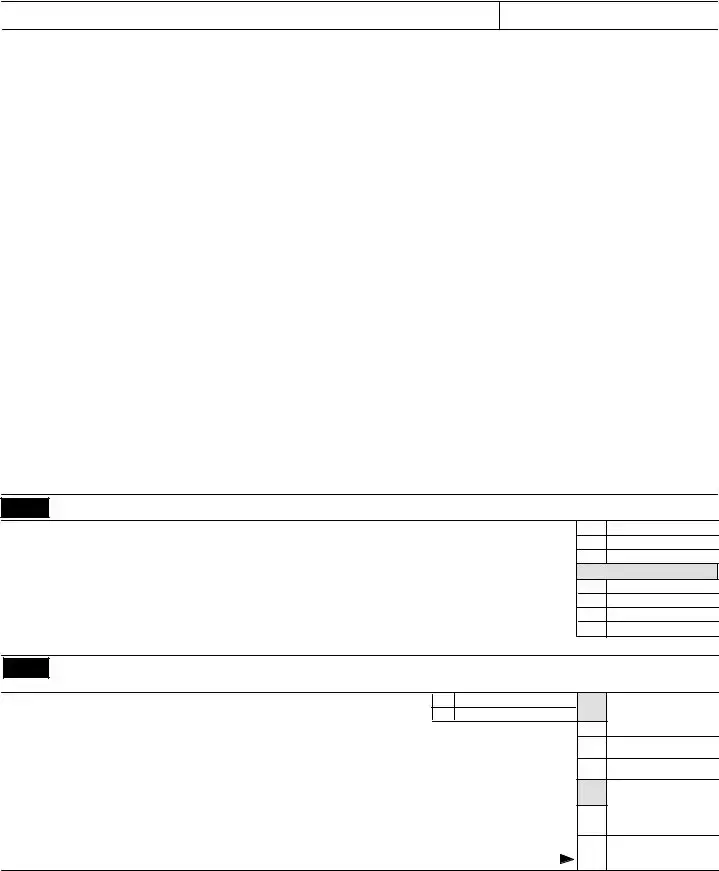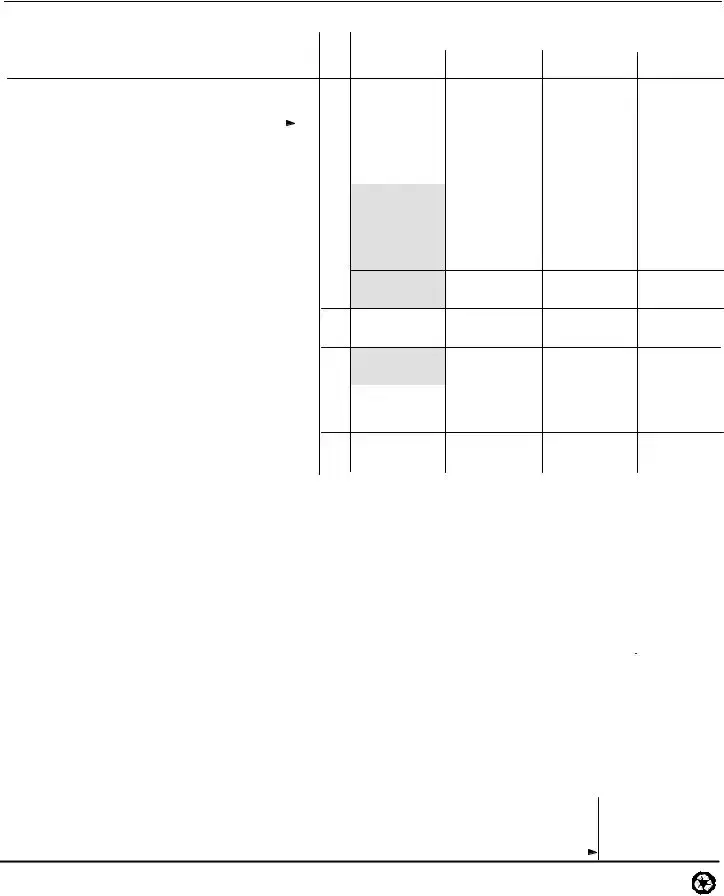The Form 1040-ES, "Estimated Tax for Individuals," closely relates to the Form D-422. Both documents are designed for individuals to calculate and pay their estimated taxes throughout the year. They share the goal of avoiding underpayment penalties by assisting taxpayers in estimating their income tax liability and making quarterly payments. However, Form 1040-ES applies to federal income tax, while Form D-422 is specific to North Carolina state income tax.
The Form 2210, "Underpayment of Estimated Tax by Individuals, Estates, and Trusts," serves a similar purpose to Form D-422, albeit on a federal level. It helps taxpayers determine whether they owe a penalty for underpaying estimated taxes and calculate the amount of such a penalty. Like the D-422, Form 2210 includes a provision for annualized income, which allows for a more accurate penalty calculation for those who do not receive their income evenly throughout the year.
Form IT-2105, "Estimated Tax Payment Voucher for Individuals," used by the New York State Department of Taxation and Finance, resembles the D-422. This document facilitates the payment of estimated tax on income that is not subject to withholding. Both forms cater to individuals who need to make quarterly estimated tax payments to avoid underpayment penalties.
The Form 540-ES, "Estimated Tax for Individuals," is the California equivalent of North Carolina's D-422 form. It is designed for taxpayers in California to submit their estimated tax payments. Like the D-422, this form helps prevent underpayment penalties by calculating the proper quarterly payments based on the taxpayer's estimated income for the year.
Form IL-1040-ES, "Estimated Income Tax Payments for Individuals," provided by the Illinois Department of Revenue, parallels the functionalities of North Carolina's D-422. It assists Illinois taxpayers in determining the estimated tax owed throughout the tax year to avoid penalties similar to those calculated on Form D-422 for North Carolina residents.
The Form PA-40ES, "Individual Estimated Personal Income Tax," is utilized by Pennsylvania individuals who anticipate owing tax on income not covered by withholdings. Similar to the D-422, the PA-40ES form is tailored for residents to estimate their tax liability and make quarterly payments, effectively managing their tax obligations to prevent underpayment penalties.
Form NJ-1040-ES, "Estimated Tax Voucher," is intended for New Jersey residents to estimate and pay their tax on income not subject to withholding. Its purpose aligns with North Carolina's D-422 form in facilitating the process of calculating and paying estimated taxes on a quarterly basis, thereby avoiding penalties for underpayment.
Form VA-4P, "Withholding Certificate for Pension or Annuity Payments," although more specific in its application, shares the concept of adjusting tax payments according to estimated tax liability with the D-422. Both forms aim at ensuring individuals meet their tax liabilities in a timely and accurate manner, though the VA-4P focuses on pension or annuity payments.
The Form 760ES, "Virginia Estimated Income Tax Payment Vouchers for Individuals," is another state-specific document similar to the D-422, dedicated to Virginia residents. This form guides taxpayers through calculating and making their estimated tax payments, a process necessary for income not covered by withholding, to mitigate penalties for underpayment.
Lastly, Form M1W, "Minnesota Income Tax Withheld," although primarily a withholding tax form, indirectly relates to the process of managing tax payments through withholdings. Like the D-422, it plays a role in ensuring individuals' compliance with tax obligations, albeit through the lens of documenting withheld taxes rather than estimating future payments.

